The Flippening Reversed: The Rise of Smart Contracts on Bitcoin
This in-depth article examines the history and capabilities of smart contracts, how they are being brought to Bitcoin through solutions like Bitfinity EVM, and the enormous possibilities this unlocks for building new types of decentralized applications that leverage Bitcoin's security and scale.
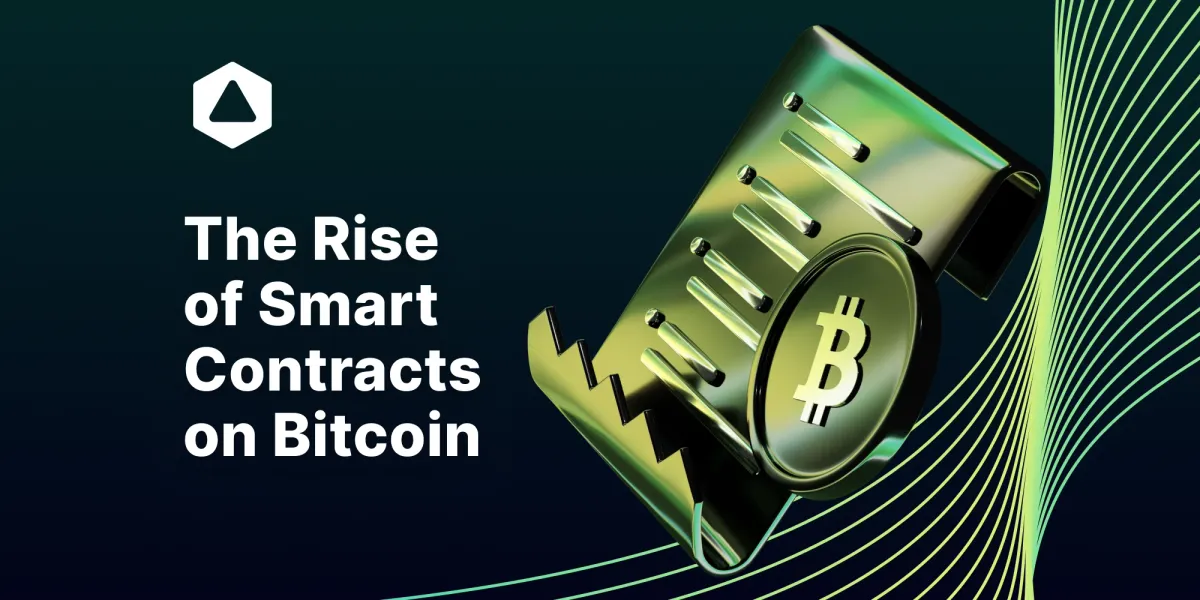
Smart contracts have revolutionized the way we think about agreements and transactions in the digital age. They offer a unique method of enforcing contracts without the need for intermediaries, and have let us trust in code and not in the humans behind them. They were first imagined by the early adopters of blockchain but were ultimately built on Ethereum later on.
But what if we told you that these intricacies are returning home, to the oldest blockchain we know? Well, let’s take a look at how this is happening and what we can learn about the role of Bitifinity in the great uno reverse of the flippening.
Recap Smart Contracts
To recap, smart contracts are nothing more than automated agreements housed on blockchain technology that spring into action when predetermined conditions are met. The terms of these contracts are inscribed in code, ensuring their enforcement without human intervention and safeguarding them from tampering.
At their core, smart contracts follow a simple "if-then" logic, wherein pre-set conditions are fulfilled. If a condition is satisfied (if yes), one party receives payment (q gets the money), if not (if no), the other party benefits (p gets the money).
Satoshi Nakamoto envisioned the potential for smart contracts on Bitcoin from the earliest designs of the protocol. While Bitcoin itself does not support sophisticated smart contracts, Satoshi included the Bitcoin Script language to allow for transaction types beyond simple value transfers.
So beyond following simple "if-then" logic and automated execution of tasks, smart contracts are flexible to allow for more complex assignments. And currently, smart contracts serve as the backbone of various applications in the decentralized space because they play a crucial role in the conditions different users are agreeing to when they want to lend, borrow, swap, yield farm, send, stake, delegate, and so on, on a protocol - all happening behind the scenes, of course.
Knowing all of the above and knowing that everything comes down to groundbreaking innovation in this space, it is the time of year where we see attempts to capture Satoshi’s vision - smart contracts on Bitcoin. But this road is and was not a simple one. To get to this point we needed to reflect at the way we got here in the first place, so let us take a look at the past trajectory...
A Little Trip Down Bitcoin's Development Lane
August 2017: SegWit Activation
What Changed:
- Introduction of SegWit: Bitcoin implemented the Segregated Witness (SegWit) protocol upgrade. This was a fundamental change to the block structure, with the main goal of optimizing the limited block space.
- Decoupling of Witness Data: Witness information, which comprises digital signatures and scripts that verify the authenticity of each transaction, was segregated from the transaction data.
- Weight Units Concept: A new weighting system was introduced, where witness data was given a weight of 1 weight unit (wu) per virtual byte (vbyte), and non-witness data was assigned a weight of 4 wu per vbyte. This effectively allowed for more transactions to fit into a single block by reducing the impact of signature data on the block size.
November 2021: Taproot Upgrade
What Changed:
- Efficiency and Privacy Enhancements: The Taproot upgrade was a significant milestone that built upon the changes introduced by SegWit.
- Schnorr Signatures: Taproot introduced Schnorr signatures, allowing for more complex Bitcoin transactions to be processed more efficiently by combining multiple signatures into a single one.
- MAST (Merkelized Alternative Script Trees): Taproot integrated MAST to improve privacy and efficiency. It enabled smart contracts to be more compact and only reveal the relevant parts of the contract when spending.
December 2022: Ordinals Introduction
What Changed:
- Digital Artifacts on the Blockchain: Ordinals revolutionized the Bitcoin network by introducing digital artifacts that are immutable and stored directly on the blockchain.
- Developer Interest and Market Growth: This new feature attracted developers and is expected to grow into a multi-billion dollar market.
- Surge in Transaction Fees: The introduction of Ordinals significantly increased the demand for block space. This led to a substantial increase in transaction fees, indicating a higher valuation of the space within Bitcoin blocks and contributing to Bitcoin's security budget.
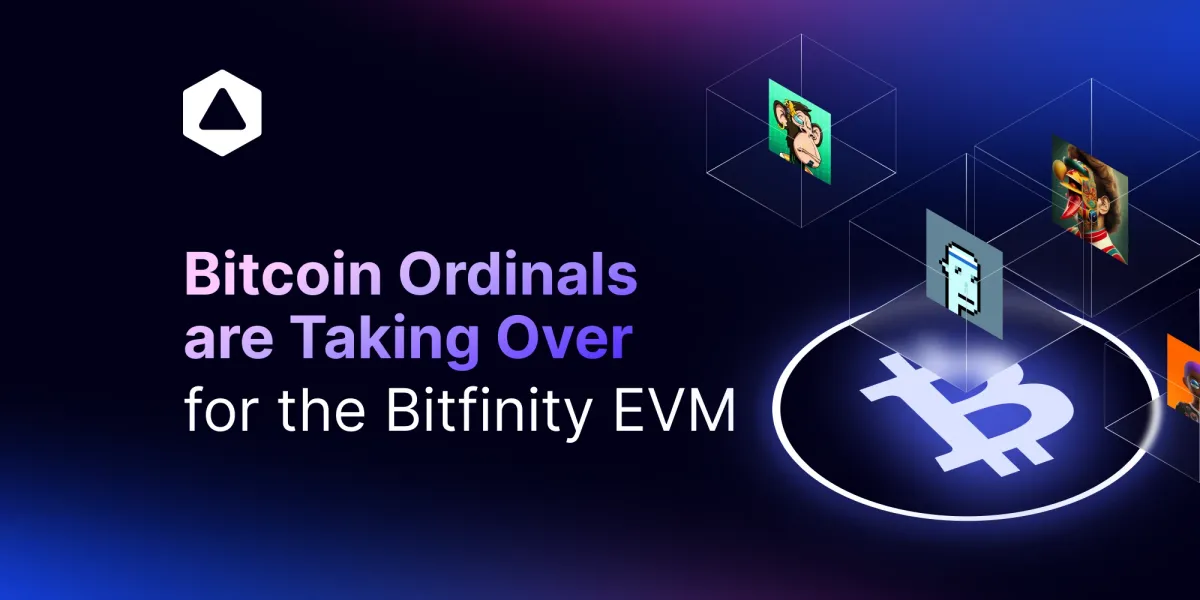
December 2023: Increase in Bitcoin Transaction Fees
What Changed:
- Economic Impact of Development: By the end of 2023, the economic impact of the various upgrades and new features, especially Ordinals, became evident as Bitcoin transaction fees increased by 280% year-to-date. This became a problem for many Bitcoin Maximalists or enthusiasts.
- Reflection of Network Demand: The surge in fees reflected the increased competition for block space on the network, showcasing the value and demand for Bitcoin's block capacity.
2024 and Beyond: Bitcoin L2 Ecosystem Growth with Bitfinity EVM
What will Change:
- Bitfinity and ckBTC: The emergence of second-layer solutions like Bitfinity, which introduces fast blocks and ckBTC, signaled the next phase of development for Bitcoin.
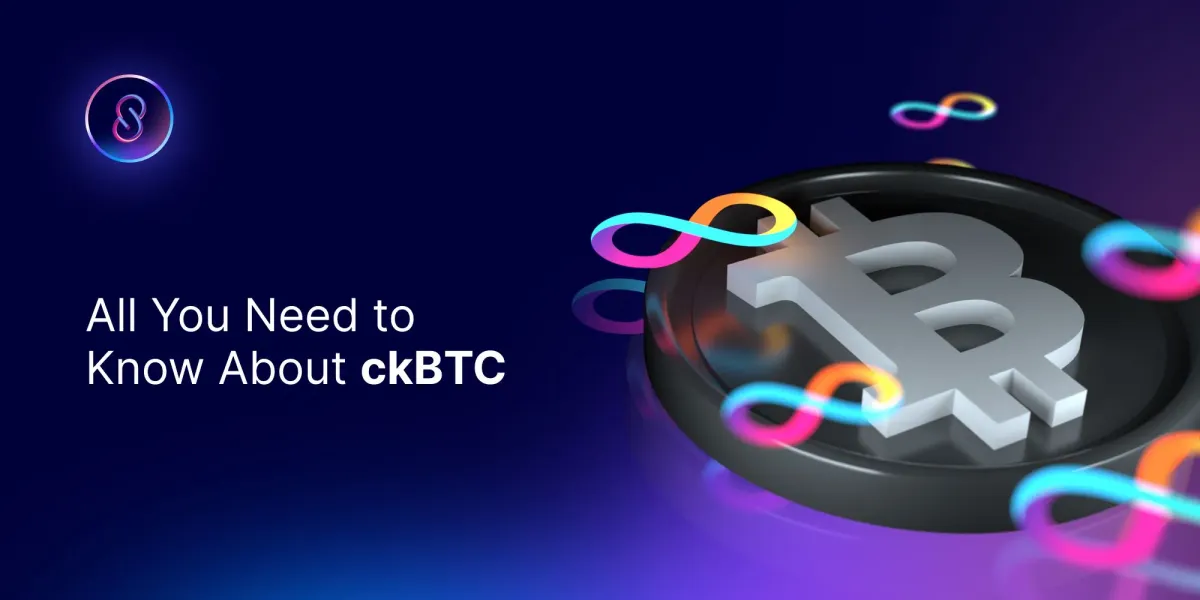
Bringing Programmability to Bitcoin
So contrary to popular belief, Bitcoin does support smart contracts. It includes a variety of functionalities, from simple to more advanced ones, especially after the Taproot upgrade.
Complex smart contracts are still something that is requiring further innovation. But what is happening is that with the rise of L2s on Bitcoin and inscriptions, these smart contract complexities are on the horizon of the new day, so to speak.
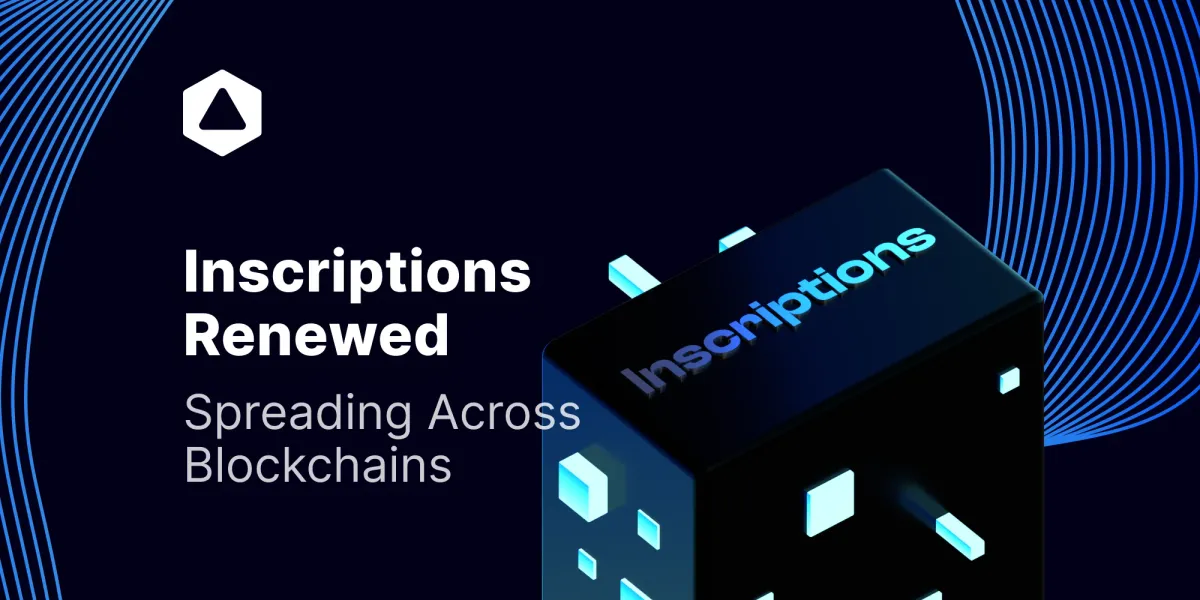
The advent of this smart contract functionality, triggered by on-chain conditions such as the inscriptions craze we saw last year and even now, is also anticipated to herald the end of the so-called "dumb era" of inscriptions on Bitcoin. No less, this shift will pave the way for more functional and value-generating applications on the blockchain.
Smart Contract Building on Bitcoin
Building smart contracts Bitcoin makes sense for several reasons. With a market cap of $850 billion, Bitcoin holds immense latent capital, most of which is inactive. By enabling smart contracts on Bitcoin, developers can create applications that activate this capital, allowing users to put their BTC to work rather than letting it sit idle in wallets.
Additionally, the Bitcoin network is the most secure and battle-tested blockchain available. For those looking to develop a new internet or financial system, Bitcoin's track record and foundational strength make it an attractive platform for innovation.
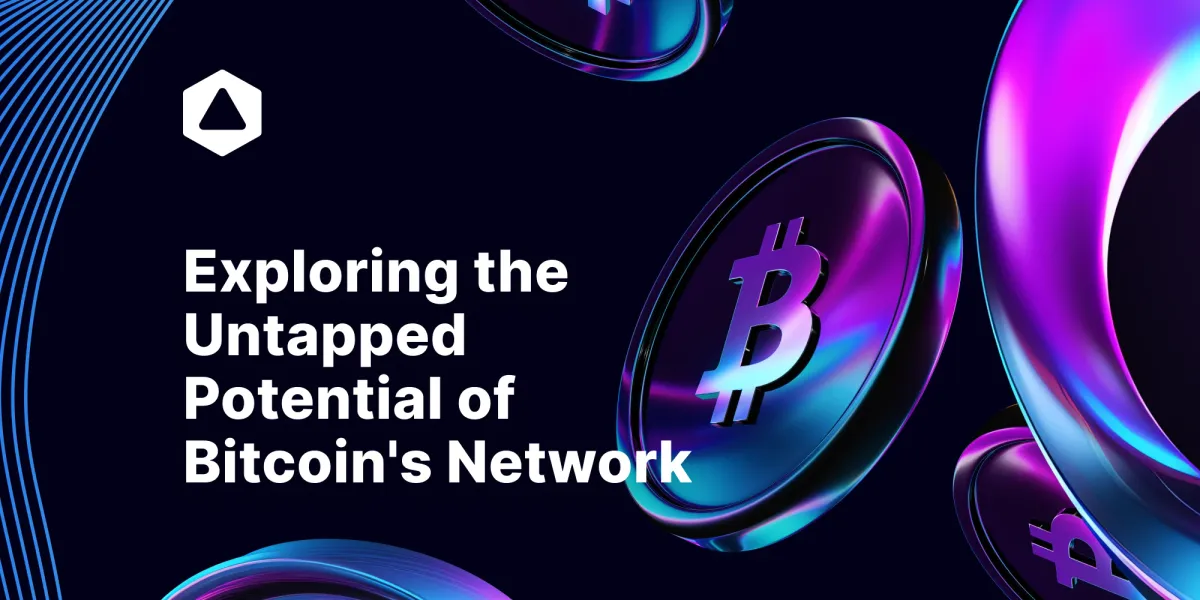
Facilitating New Markets
These new smart contracts solutions will enable new markets that people can’t even imagine. Think about gaming, metaverses, decentralized finance, and so on.
When a solution is found, these unique points of the Bitcoin blockchain could be leveraged to an unseen level. Goodbye to the digital gold/store of value narrative or people who say Bitcoin can’t even be used for a means of payment. It will become a global and the most secure network to date.
Because smart contracts will allow for infinite experimentation while retaining the core benefits of security, durability, and decentralization of Bitcoin.
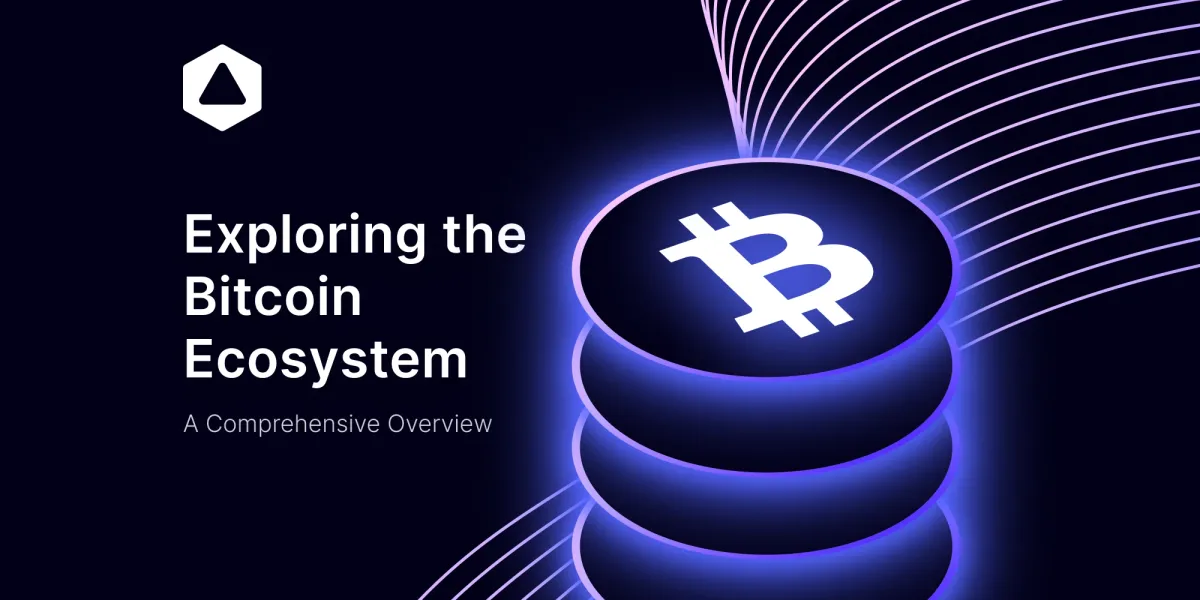
Ethereum EVM and Bitcoin
Ethereum, the brainchild of Vitalik Buterin, pioneered the concept of a Turing-complete blockchain, capable of executing any algorithm, including conditionals and logical loops. The Ethereum Virtual Machine (EVM), a Turing-complete computational engine, facilitates the operation of smart contracts and decentralized applications (DApps) on the Ethereum platform.
However, this approach comes with its trade-offs, notably an expanded attack surface due to the execution of all operations on the base layer.
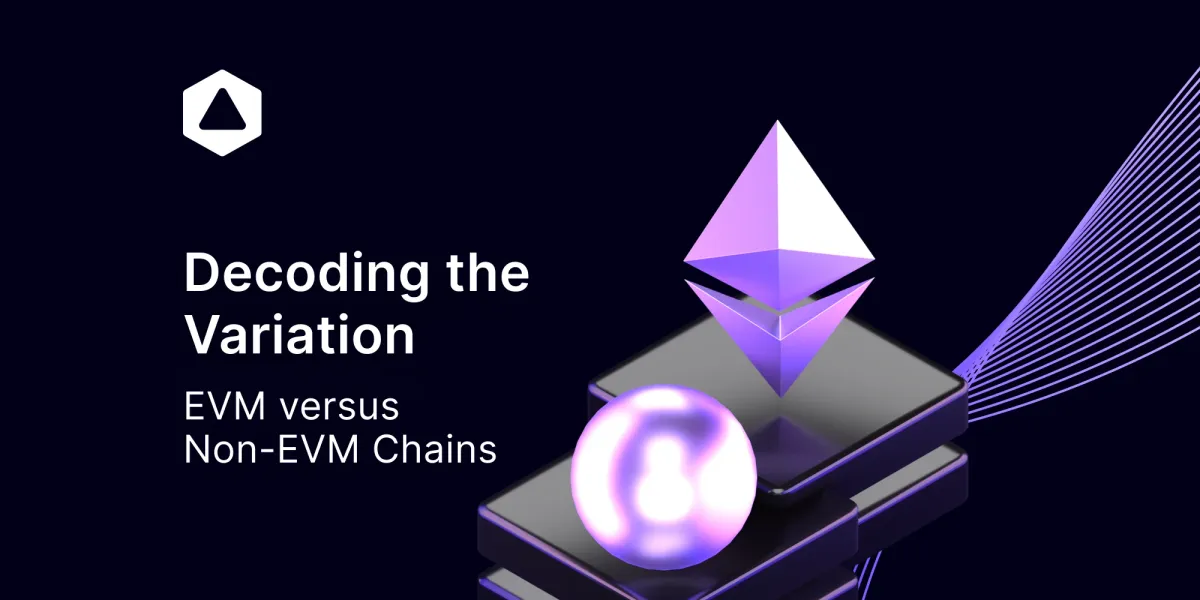
In contrast, Bitcoin's design philosophy deviates from Ethereum's. While Ethereum opted to incorporate complex smart contracts at the protocol level via the EVM, leading to significant blockchain bloat and complexity, Bitcoin consciously avoided Turing completeness at the protocol level to preserve security and decentralization.
Deploying Smart Contracts on Bitcoin
Deploying smart contracts on Bitcoin differs from networks like Ethereum. Currently, the process is not entirely permissionless, due to social restrictions rather than technical ones.
As such, deploying smart contracts on Bitcoin may necessitate a more controlled approach, although this is likely to evolve to accommodate more autonomy in the future, and with future we mean very soon, especially when the Bitfinity EVM is rolled out.
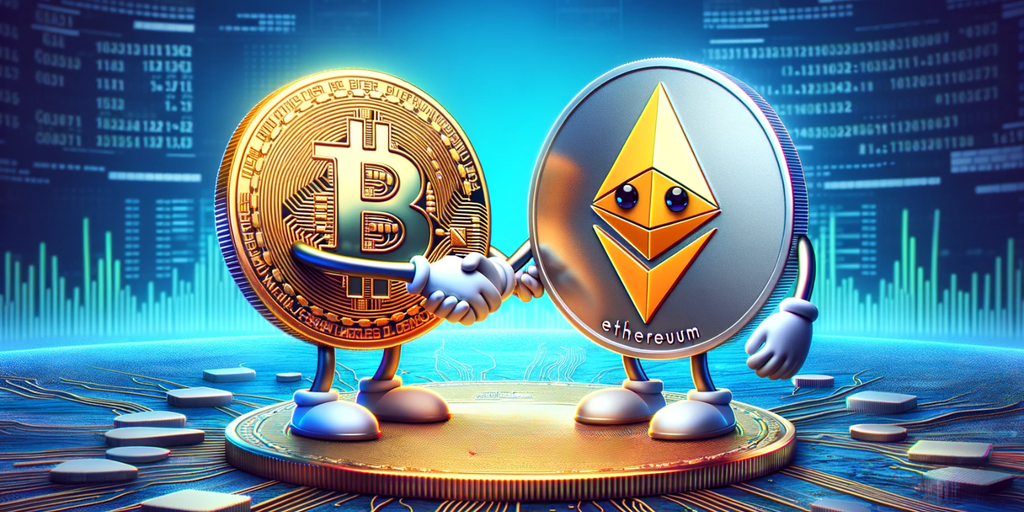
Bitfinity EVM: A New Era for Bitcoin's Ecosystem
Bitfinity EVM is at the forefront of a transformation within the Bitcoin ecosystem, providing a bridge between Bitcoin and the smart contracts of Ethereum. As it provides an architecture that is flexible and inclusive, and caters to redefinition of the Bitcoin thesis, where it will become a foundational infrastructure for an expanding economy.
How Does Bitfinity EVM Work?
The Bitfinity EVM is a Bitcoin sidechain run on the Internet Computer technology that enables solidity developers and existing EVM-compatible services to build Bitcoin-enabled decentralized apps (dApps) with speeds 100 times faster than Ethereum and at a fraction of the cost.
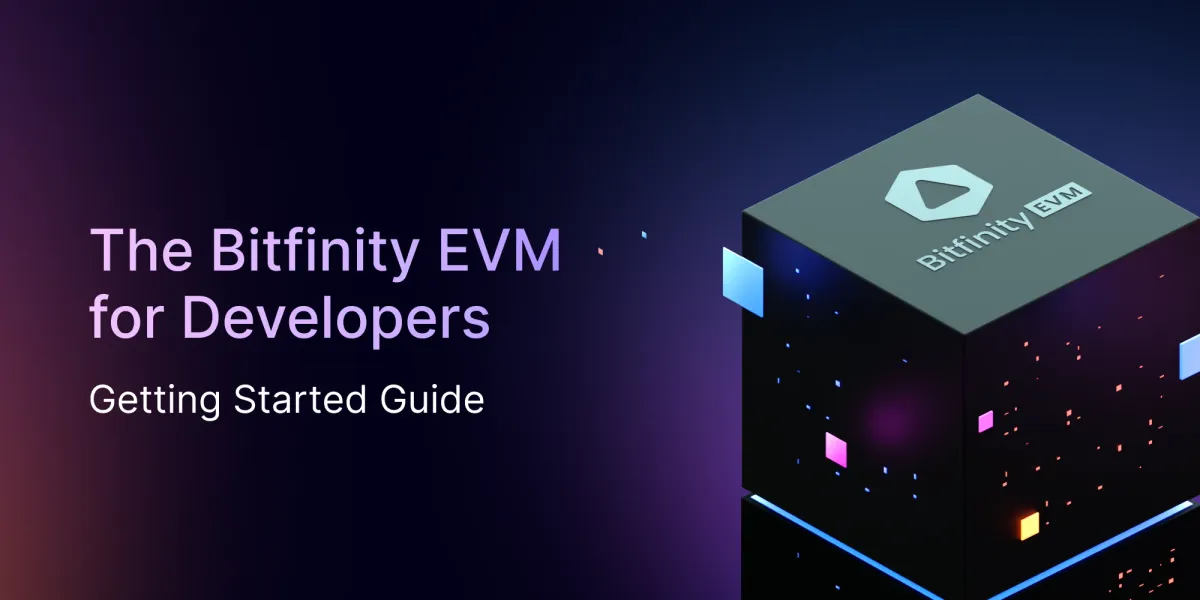
Conclusion
The emergence of smart contract solutions like Bitfinity EVM shows the immense potential for programmability on the Bitcoin network. By leveraging the immense security and infrastructure of Bitcoin while introducing smart contract capabilities, platforms like Bitfinity allow for truly innovative applications to be built.
This marks the beginning of a new era that could see Bitcoin transform from "digital gold" into a foundational platform powering a wide variety of decentralized applications and bringing us closer to realizing Satoshi's original vision.

Connect with Bitfinity Network
Bitfinity Wallet | Bitfinity Network | Twitter | Telegram | Discord | Github

*Important Disclaimer: While every effort is made on this website to provide accurate information, any opinions expressed or information disseminated do not necessarily reflect the views of Bitfinity itself. The information provided here is for general informational purposes only and should not be considered as financial advice.




Comments ()